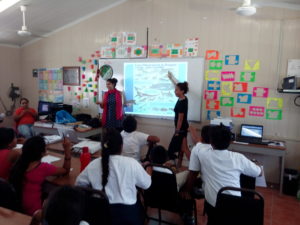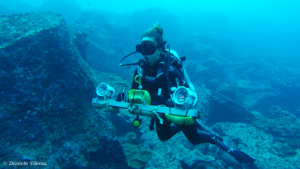
Sharks in the Galapagos Marine Reserve
Using Stereo Baited Remote Underwater Videos (BRUVS) and Stereo Diver-Operated Videos (DOVS), the shark team at the Charles Darwin Foundation aims to understand the abundance and biomass of sharks and commercially important fish within the Galapagos Marine Reserve.
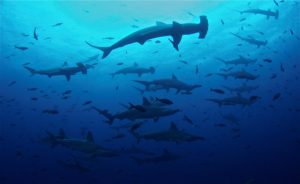
Through these videos, we are also creating a baseline to assess the impact on sharks of a sanctuary declared in 2016 and to understand the impacts of Climate Change on these marine animals.
Additionally, the team at the Foundation uses telemetry to understand the movement patterns and habitat use of sharks. We want to know what role the ecosystems within the Reserve play in the life-history of sharks and how important sharks are for a healthy ecosystem in the Galapagos. More on the tiger shark  tagging work here.
tagging work here.
The shark project is led by Dr. Pelayo Salinas de Leon at the Charles Darwin Foundation in collaboration with the Galapgos National Park.
Education & outreach for sharks project in the Galapagos
The Sharks Project at the Charles Darwin Foundation also includes environmental education and outreach. This program is led by Daniela Vilema and aims to spread the knowledge we have on sharks, to promote the science we do, and to change negative preceptions of sharks within the community. 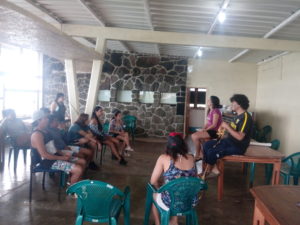
Sharks Ambassadors is one of Dani's current projects where we interact with local highschool kids so they learn about sharks and science. We aim to change their negative vision of sharks so they become ambassadors for shark conservation within their communities.

 Spotted eagle ray research and conservation
Spotted eagle ray research and conservation
The project uses photo-ID to study the spotted eagle rays (SER) that aggregate in large numbers throughout the Mexican Caribbean and are a very important tourism attraction for the SCUBA diving industry in the area. At a local level, we want to understand how SERs use this area and its habitats. At an international level, we want to know if the aggregations seen in the Mex Caribbean during winter are moving to areas where they are heavily fished such as Cuba or the Gulf of Mexico; or to other areas where they are protected such as Florida. I was the lead scientist for this project at Blue Core A.C. We worked with Kim Bassos-Hull, from the Mote Marine Laboratory and Dr Juan Carlos Pérez from ECOSUR.
Our paper about spotted eagle rays in the Mexican Caribbean here.
Environmental education on sharks and rays
With Colectividad Razonatura A.C., we did environmental education with kids at primary and secondary schools in remote towns near protected areas where the community can have a major impact on the reefs nearby. The aim of these talks was to share basic information of sharks and rays and their importance in our marine ecosystems and our economy. We aimed to raise awareness within the younger generations that sharks and rays are far more worthy alive than fished and eaten in empanadas.
PhD project: batoids in the Indo-West Pacific
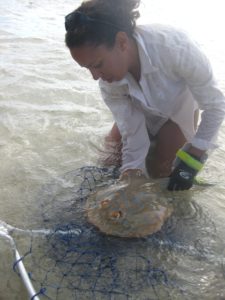
For my PhD project I used passive acoustic monitoring to define nursery areas, habitat use, and movement patterns of tropical rays  within Ningaloo Reef marine park in Western Australia. I also assessed the applicability of genetic barcoding to identify 16 species of tropical rays and used an Ecological Risk Assessment framework to assess the vulnerability of tropical rays to the risks of fisheries and habitat degradation, and to identify reasearch priorities for tropical rays in the Indo-West Pacific. Within the elasmo team,
within Ningaloo Reef marine park in Western Australia. I also assessed the applicability of genetic barcoding to identify 16 species of tropical rays and used an Ecological Risk Assessment framework to assess the vulnerability of tropical rays to the risks of fisheries and habitat degradation, and to identify reasearch priorities for tropical rays in the Indo-West Pacific. Within the elasmo team,
 we participated in other projects with various species of sharks and mantas. The project was at Charles Darwin University, in collaboration with CSIRO, funded by AIMS and CONACYT.
we participated in other projects with various species of sharks and mantas. The project was at Charles Darwin University, in collaboration with CSIRO, funded by AIMS and CONACYT.
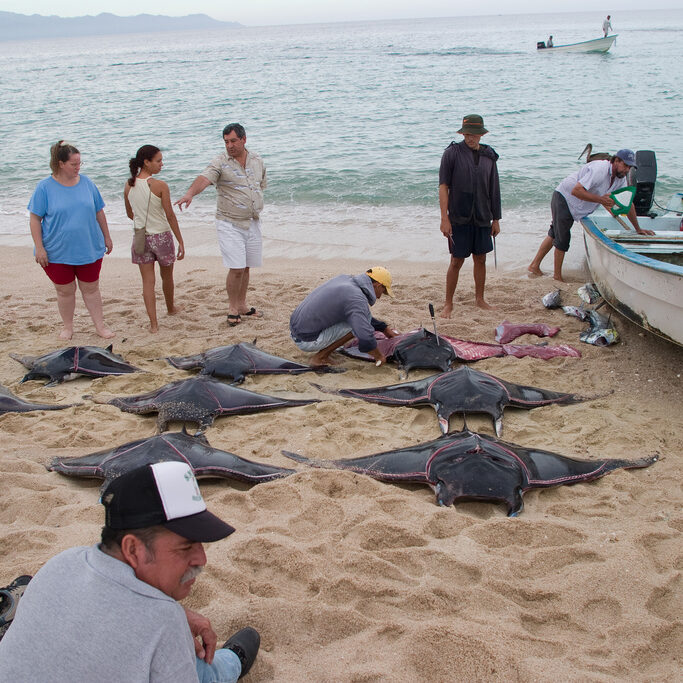
Fisheries in Baja, Mex
Sharks and Rays project in the Icthyology Lab at CICIMAR led by Dr. Felipe Galván studies biology and fisheries of sharks and rays from fisheries landings. I was part of this lab for a few years participating on field and lab work and did my undergrad thesis on N & C stable isotopes of mobulid rays.
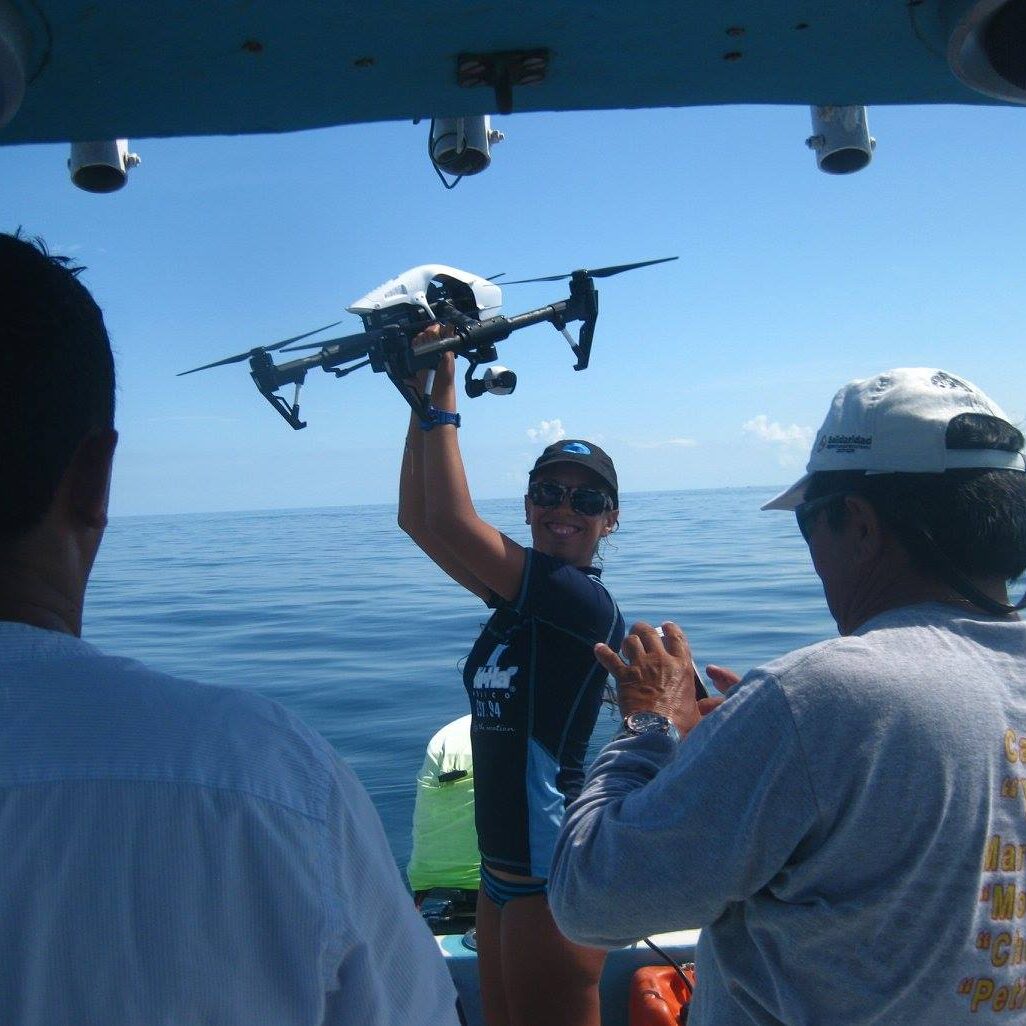
Tagging mobulas in Mex Caribbean
Assisting Dr. Bonfil with field work in the Mexican Caribbean to tag and sample mobulas for a global study. Using a drone to spot them!
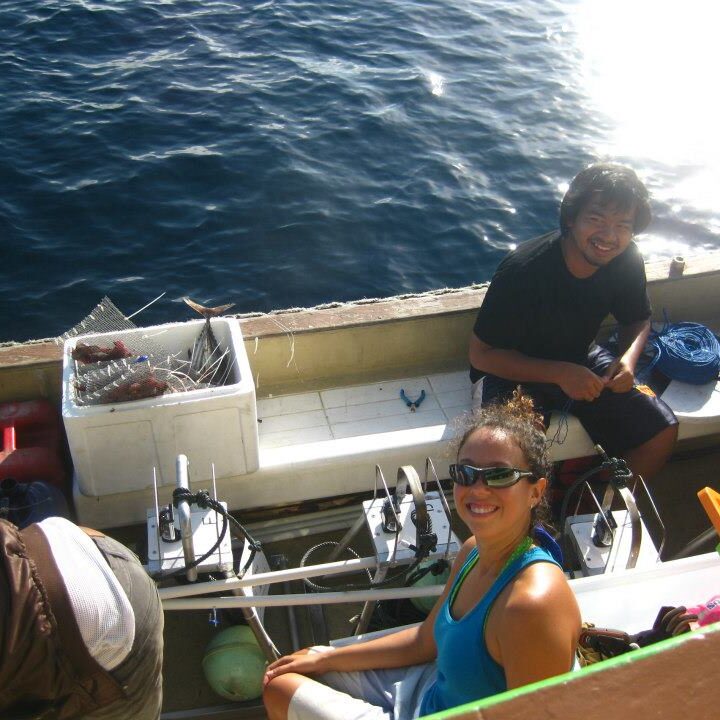
BRUVS in Raja Ampat
Using remote underwater videos to estimate abundance and diversity of reef sharks and rays in a network of marine protected areas within Raja Ampat, West Papua, Indonesia. Bird's Head Seascape at Conservation International-Indonesia.

Elasmo fisheries in Gulf of Mex
The Icthyology Lab at ECOSUR led by Dr. Juan Carlos Pérez uses fisheries landings to understand biology and ecology of sharks and rays.
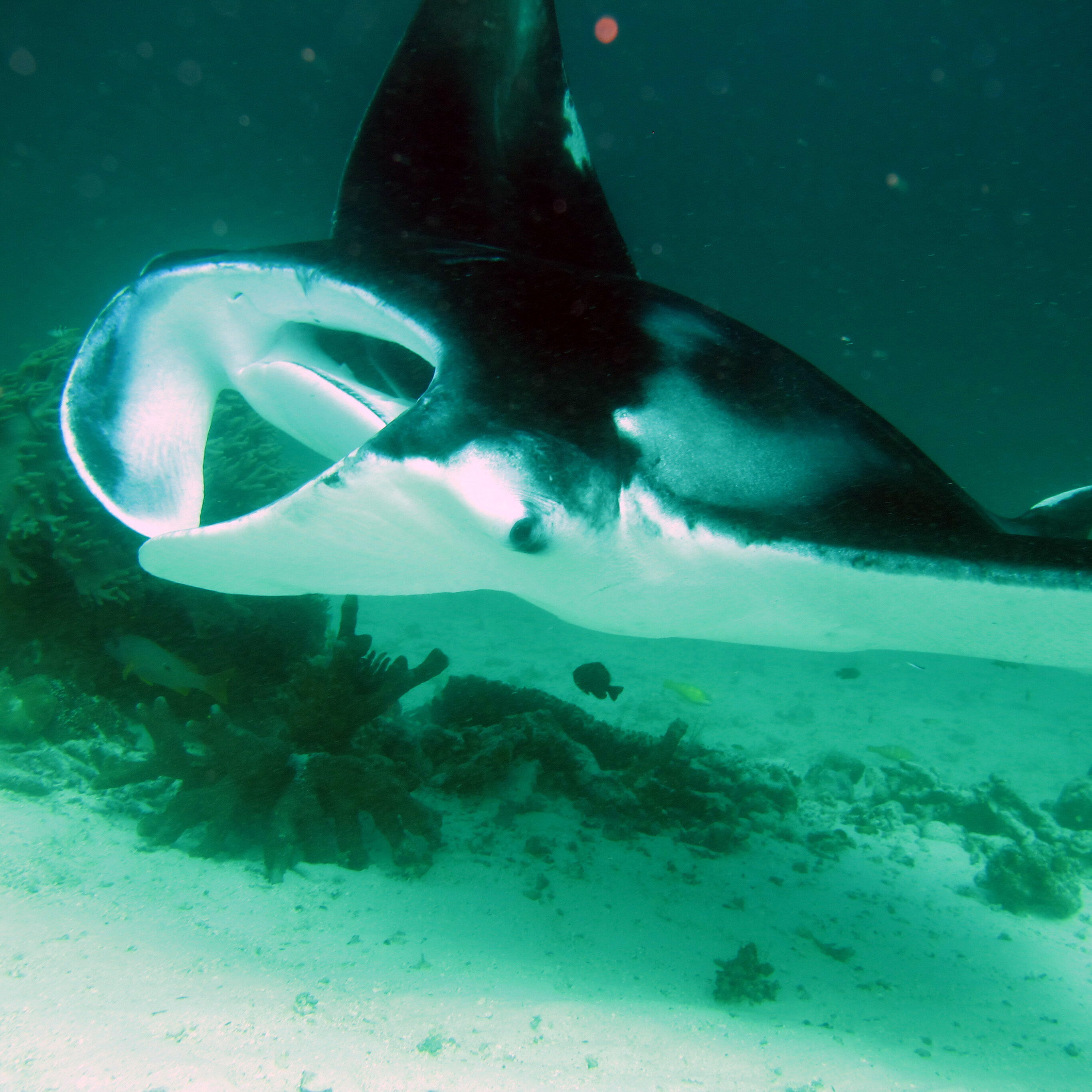
Mantas in Raja Ampat
Establishing a photo-ID library of mantas in Raja Ampat to study their populations and migrations through a collaboration between the Indonesian Manta Project and Conservation International-Indonesia.
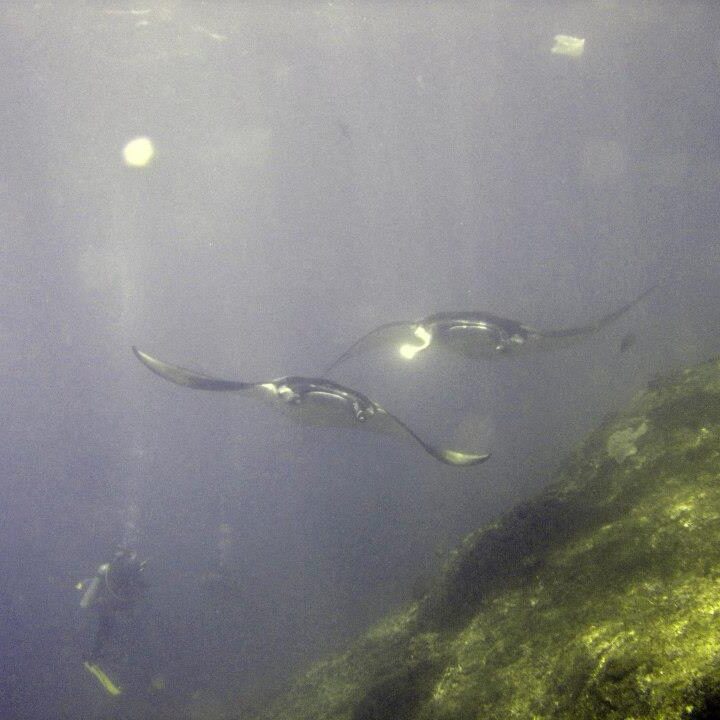
Mantas at Ningaloo Reef
Photos, tagging and sampling coastal mantas at Ninagloo Reef Marine Park, Western Australia for long-term monitoring at the Coral Bay Research Station.
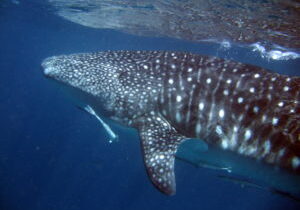
Whale sharks populations and migrations
Using whale sharks' spot patterns to understand their populations, residency and movement patterns through pictures at Ningaloo Reef, and taking tissue samples to understand genetic population structure in Baja with Whale Shark Mexico.

